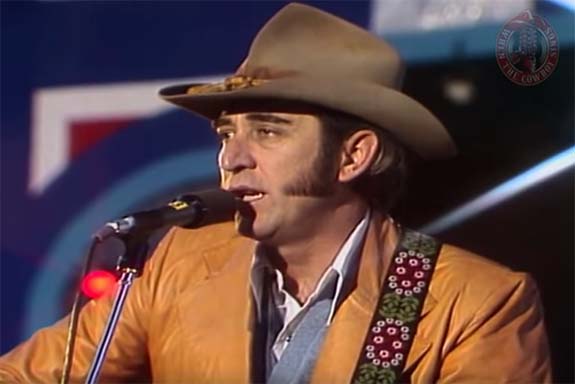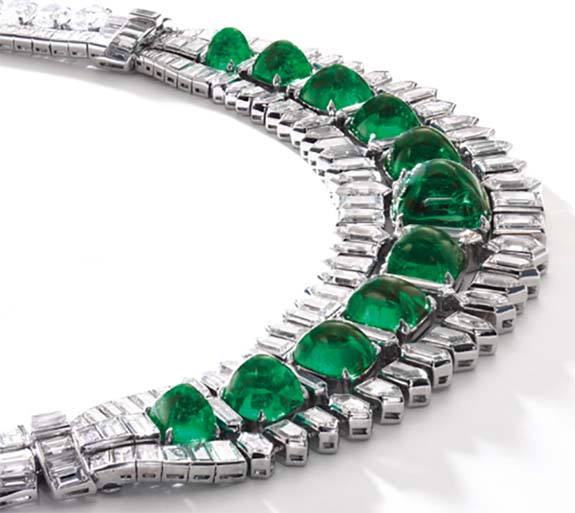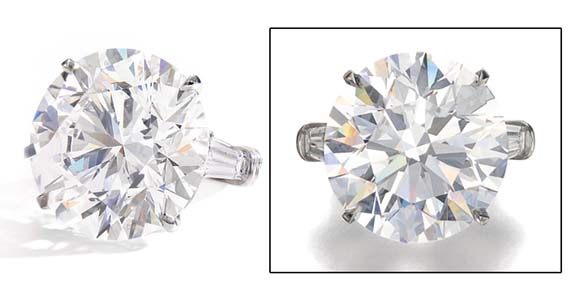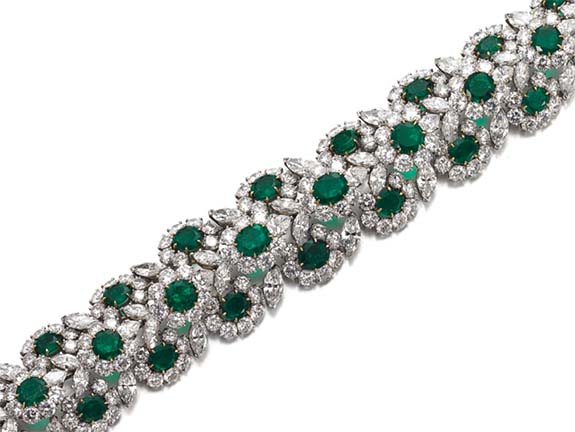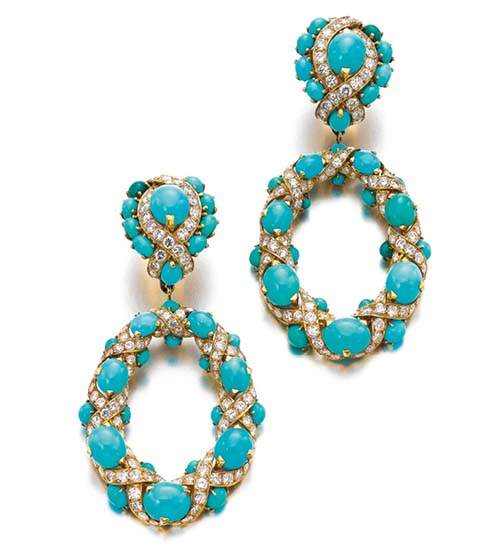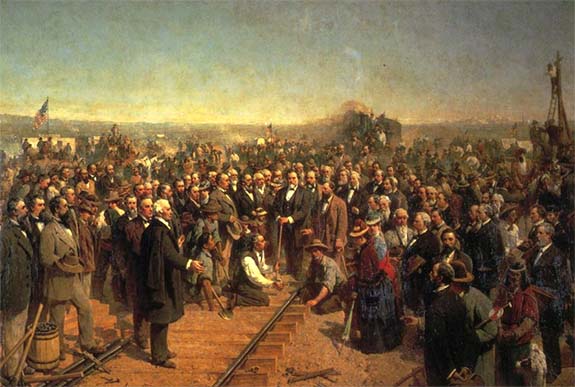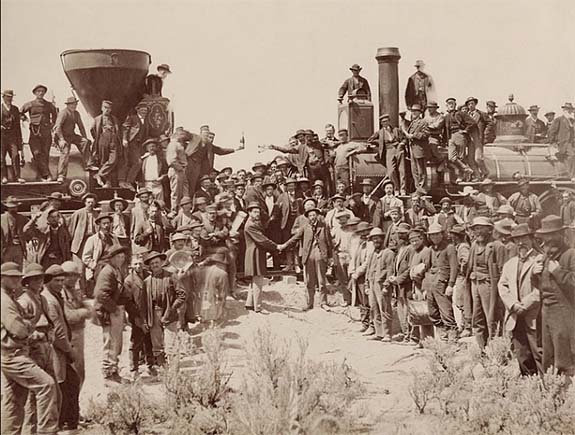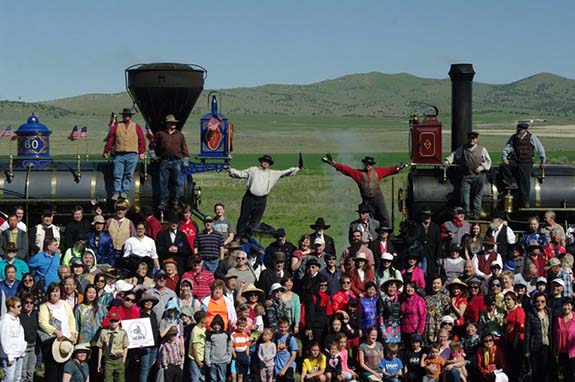Welcome to Music Friday when we bring you fun tunes with jewelry, gemstones or precious metals in the title or lyrics. Today, country star Don Williams sings about how marital stress can be a good thing in his 1983 tune, "Pressure Makes Diamonds."
In the song, Williams admits that he and his wife have endured plenty of hard times over the years, but despite those pressures, their love has only gotten stronger. He compares the evolution of their relationship to the formation of diamonds deep within the Earth.
He sings, "Pressure makes diamonds much harder than stone / And they only get finer as each day goes on / We've been through some bad times / But we made it somehow / 'Cause if pressure makes diamonds / Our love's a diamond by now."
(Just for the record, diamonds form under intense pressure and heat about 100 miles below the earth’s surface.)
Written by Bob McDill and John Schweers, "Pressure Makes Diamonds" appeared as the seventh track on Williams' album, Yellow Moon. The album topped out at #12 on the U.S. Billboard Country Albums chart.
Over the course of a career that spanned six decades, Williams scored 17 #1 country hits. The singer’s imposing stature, paired with a soft, smooth bass-baritone voice, earned him the nickname the “Gentle Giant” of country music. In 2010, he was inducted into the Country Music Hall of Fame.
Donald Ray Williams was born in Floydada, Texas, in 1939. After graduating from high school, Williams served two years in the U.S. Army Security Agency and then formed a folk-pop group called the Pozo-Seco Singers. The group disbanded in 1969 and Williams worked outside the music business for a short time. In 1971, he landed a songwriting job for Jack Music Inc. Soon after, he signed as a solo artist with JMI Records.
Williams stopped touring in 2016 and passed away a year later at the age of 78.
Trivia: Williams appeared as himself and played a number of songs in Smokey and the Bandit II (1980).
Please check out the audio track of Williams performing “Pressure Makes Diamonds.” The lyrics are below if you’d like to sing along…
"Pressure Makes Diamonds"
Written by Bob McDill and John Schweers. Performed by Don Williams.
Well, we've had our troubles, we've had our hard times
Where some might have stumbled, we've always survived
Sometimes love weakens, when the chips are all down
But what we've got together gets stronger somehow.
Pressure makes diamonds much harder than stone
And they only get finer as each day goes on
We've been through some bad times
But we made it somehow
'Cause if pressure makes diamonds,
Our love's a diamond by now.
Well, we know the feelin' when the world closes in
We've been there before, love, and we might go again
The road may get rocky, life may get hard
But the whole world together can't tear us apart.
Pressure makes diamonds much harder than stone
And they only get finer as each day goes on
We've been through some bad times
But we made it somehow
'Cause if pressure makes diamonds,
Our love's a diamond by now.
Pressure makes diamonds much harder than stone
And they only get finer as each day goes on
We've been through some bad times
But we made it somehow
'Cause if pressure makes diamonds,
Our love's a diamond by now...
Credit: Screen capture via YouTube.com.
